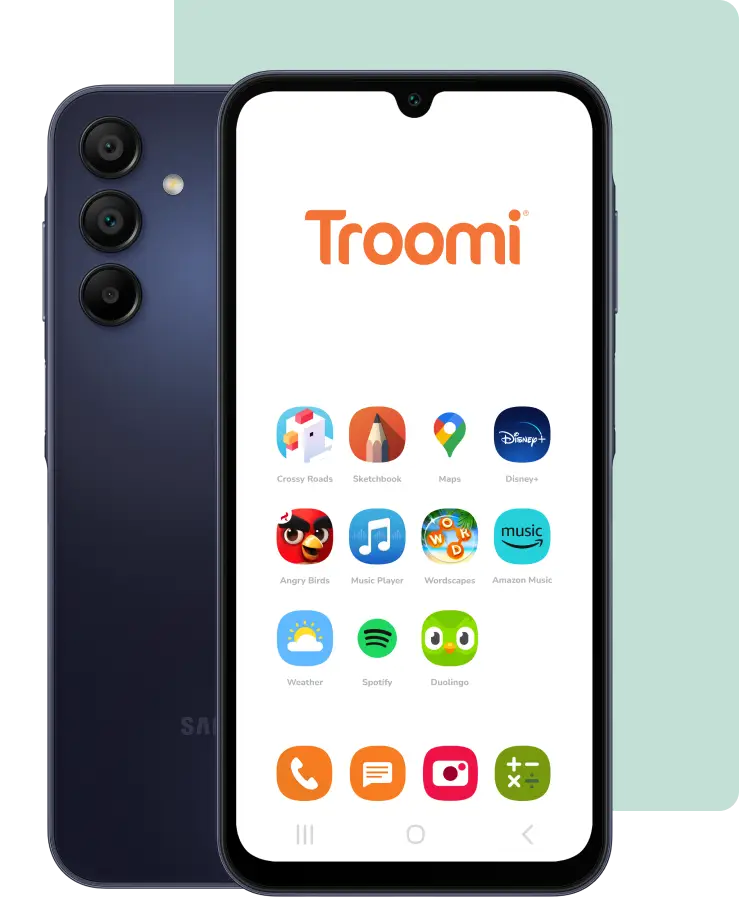We want teenagers to be well-rounded individuals with strong values, good social skills, and intellectual curiosity. In today’s digital age, where technology has become ubiquitous, setting healthy boundaries around screen time is more important than ever. Studies show that excessive screen time can have a negative impact on young minds, leading to issues such as poor sleep quality, depression, anxiety, low self-esteem, and poor academic performance. However, setting limits on screen time can be challenging, especially when teens are so attached to their devices. In this blog post, we’ll explore some strategies for setting healthy boundaries and balancing the average screen time for teens.
1. Set Expectations for Average Screen Time
One of the most effective ways to set healthy boundaries around screen time is to establish clear guidelines and expectations. Sit down with your teenager and discuss the rules together. You may want to limit screen time during homework hours, or set specific times during the day when screens are allowed. Be firm and consistent in enforcing the rules, and consider setting consequences for violations.
2. Encourage alternative activities
Limiting the average screen time for teens doesn’t mean your teenager has to be bored or inactive. Encourage them to engage in alternative activities, such as reading, playing sports, or pursuing a hobby. Discuss their interests with them, and help them find activities that they enjoy. This will not only help to balance their screen time but also promote their overall well-being.
3. Lead Screen Time by Example
Being a parent it’s important to lead by example. If you’re constantly glued to your phone or computer, your teenager is likely to adopt the same habits. Make an effort to limit your own screen time and encourage family members to engage in activities together. This will not only promote healthy habits but also help to strengthen family bonds.
4. Consider parental controls
Parental control software can be a useful tool in managing average screen time for your teen. For example Troomi Wireless comes with built-in customizable parental controls that allow you to set a certain time that apps can be used and block specific apps or websites.
5. Be flexible
While it’s important to set boundaries around screen time, it’s also important to be flexible. Your teenager may have legitimate reasons for needing more screen time at certain times, such as for school projects or connecting with friends. Use your judgment and be willing to adjust your rules when necessary.
Conclusion
Setting healthy boundaries around screen time can be a challenge, but it’s an essential aspect of raising well-rounded and successful teenagers. With parents have complete control on when their child can spend on apps or have access at all, parents have a valuable tool to help them in this endeavor. Utilizing parental controls offered by Troomi Wireless allows parents to easily manage and customize their child’s access to apps and screen time limits on those apps, ensuring a safe and balanced digital experience. Flexibility is key as well, as it allows parents to adjust boundaries as their teenager grows and matures. By engaging in open and honest conversations about healthy boundaries and screen time, parents can empower their teenagers to develop lifelong habits that promote a balanced and fulfilling life.
Want to be above average when it comes to internet safety? Click here!


